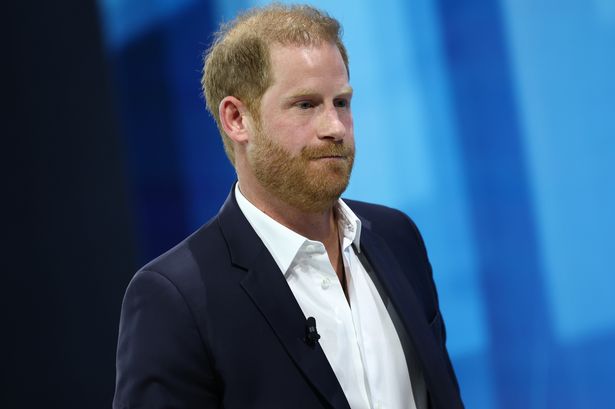The seismic announcement in January 2020 that Prince Harry and Meghan Markle, the Duke and Duchess of Sussex, were stepping back from their roles as senior working members of the British royal family sent shockwaves across the globe. The decision, dubbed “Megxit” by the press, marked a pivotal moment in modern royal history, shattering the traditional image of the monarchy and sparking intense debate about duty, family, and the constraints of royal life. The Sussexes cited their desire for a more private life and the relentless media scrutiny as primary factors contributing to their departure. This, coupled with alleged internal tensions within the royal family, particularly surrounding Meghan’s treatment by both the press and, as she later asserted, members of the family itself, painted a picture of an institution struggling to adapt to the 21st century and the changing expectations of its members. The couple’s decision represented a dramatic break from centuries of royal protocol, raising questions about the future of the monarchy and the role of individual members within it.
The couple initially envisioned a hybrid model, hoping to balance their royal duties with personal pursuits and financial independence. This proposed arrangement proved unworkable, however, and negotiations with the Queen and senior royals eventually resulted in a complete severance of their official ties to the institution. They relinquished their HRH titles, ceased representing the Queen, and forfeited public funding. This transition wasn’t without its challenges. The couple faced criticism for wanting to “have their cake and eat it too,” accused of seeking the privileges of royalty without the accompanying responsibilities. The intense media coverage, which had plagued them for years, intensified, fueling public speculation and contributing to the already strained relationship between the Sussexes and the rest of the royal family. Their decision to relocate to North America, first to Canada and then to California, further solidified their break from royal life and signaled their commitment to charting a new path.
The aftermath of Megxit was marked by a series of public statements, interviews, and legal battles that further exposed the fractures within the royal family. In a bombshell interview with Oprah Winfrey in March 2021, the Sussexes detailed the pressures of royal life, alleging racism within the institution and revealing Meghan’s struggles with mental health. These revelations ignited a global conversation about race, privilege, and the monarchy’s relevance in the modern world. The interview deepened the rift between the Sussexes and the royal family, with both sides offering conflicting accounts of events. The resulting fallout further solidified the couple’s departure and cemented their position as outspoken critics of the institution they once represented.
Despite the challenges and controversies, the Sussexes have embarked on a new chapter, forging their own path outside the confines of the monarchy. They have established Archewell, a non-profit organization focused on supporting charitable causes and producing content for various media platforms. Through their production deals with Netflix and Spotify, they aim to tell stories that resonate with their values and promote positive social change. Their individual projects, including Harry’s work on mental health awareness and Meghan’s advocacy for women’s empowerment, reflect their commitment to using their platform to amplify important voices and address critical issues. This transition has allowed them to pursue their passions and exercise a level of autonomy that was unattainable within the rigid structure of the royal family.
However, while embracing their new life, Prince Harry is reportedly grappling with a significant regret stemming from the Megxit saga. This regret, according to sources close to the prince, centers around the lack of formal reconciliation with his family, particularly with his father, King Charles III, and his brother, Prince William. The estrangement, fueled by public accusations and private tensions, has left a palpable void in Harry’s life. He reportedly feels a sense of loss and unfulfilled hope for healing the fractured relationships. While there have been brief encounters and public appearances together, particularly surrounding the Queen’s Platinum Jubilee and funeral, a true reconciliation remains elusive. The complexities of royal protocol, coupled with the emotional baggage and lingering resentments on both sides, continue to impede any meaningful progress toward repairing the broken bonds.
The future of the relationship between the Sussexes and the royal family remains uncertain. The distance, both geographical and emotional, continues to present significant challenges. The ongoing media scrutiny and the potential for further revelations also pose a threat to any attempts at reconciliation. While both sides have expressed a desire for healing, the path towards achieving that goal remains fraught with obstacles. The question of whether Harry’s regret will eventually catalyze a genuine reconciliation or whether the rift will continue to deepen remains unanswered. The ongoing saga of the Sussexes and the royal family continues to captivate the world, serving as a complex and evolving narrative about family, duty, and the enduring power of tradition.














